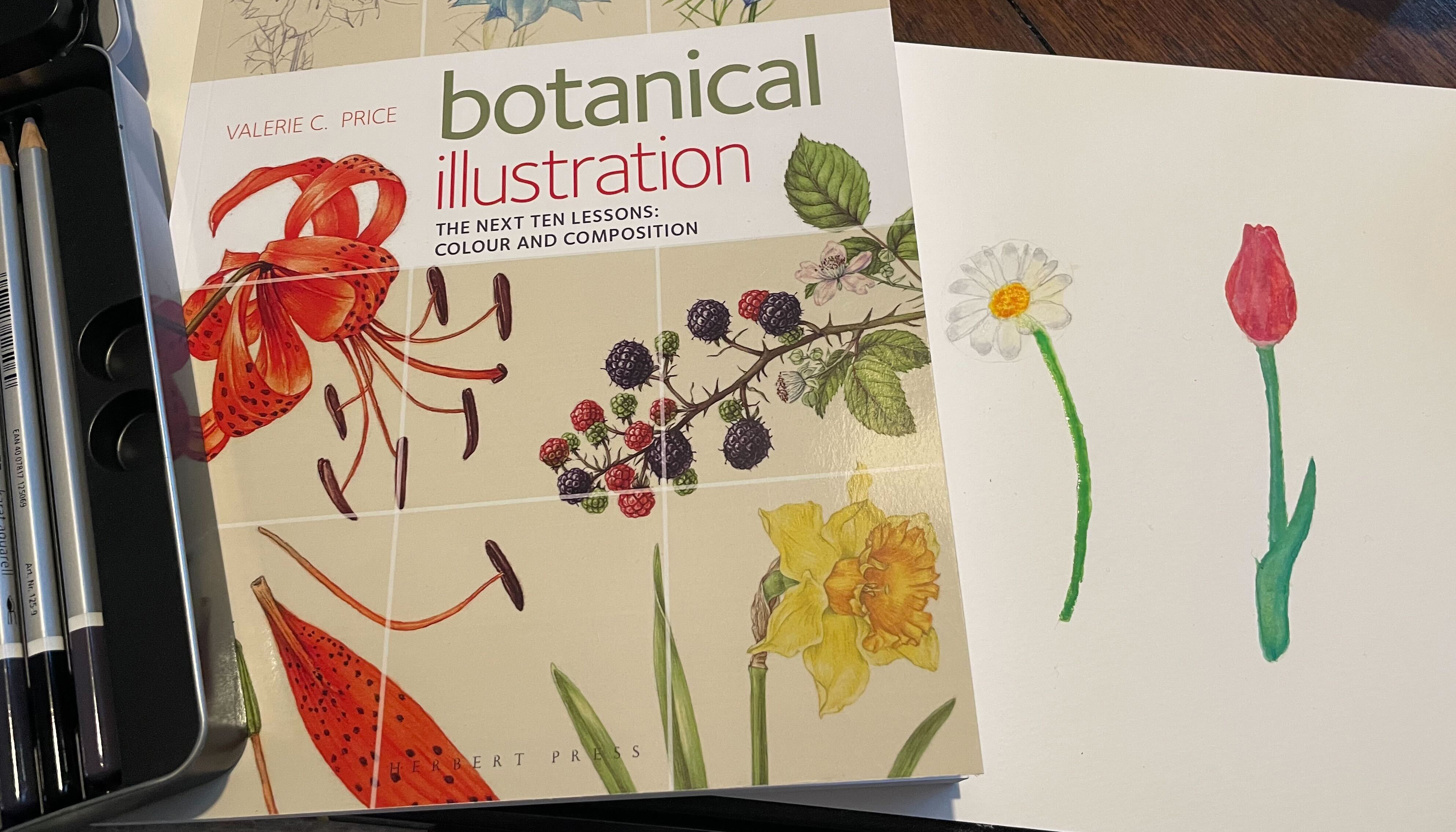Drawing specific emotions: 3 top tips
Give your comic characters convincing body language with these top tips from artist Tom Foster.
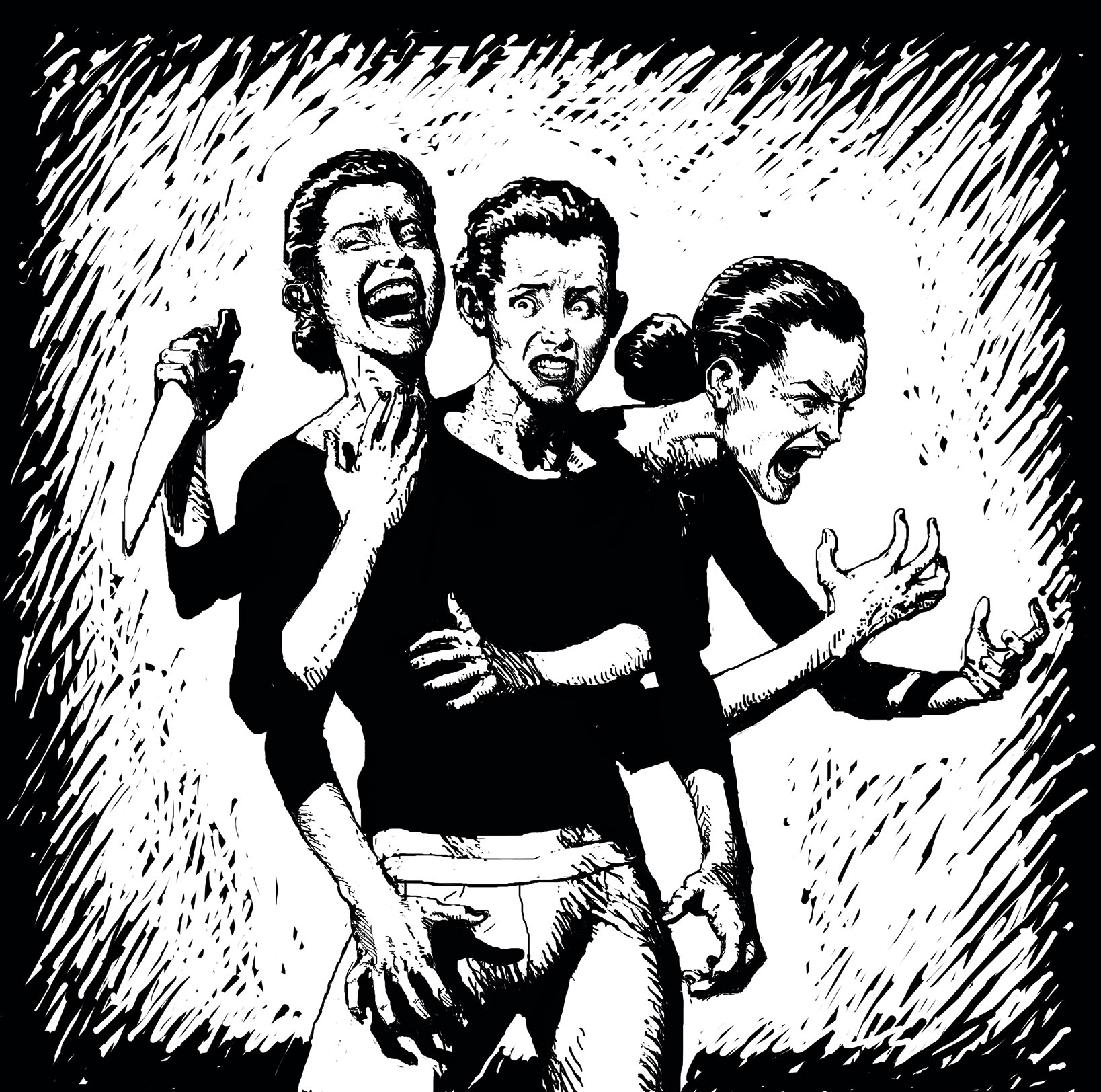
When trying to master any drawing or painting technique, good reference material is a must – especially when you want to convey a specific emotion in your characters. It's a great skill to showcase in your design portfolio, but I often find it difficult to source pictures of people emoting convincingly.
Stock photography is often very obviously staged and using myself as a model relies too heavily on my own, pitiful acting ability. A few canny changes in my image search criteria can make all the difference. For example, footballers are almost always either wildly elated or incredibly angry. This affords a tremendous opportunity to the student of human behaviour, as photographs from football and other sporting events often provide a unique glimpse of raw, unfiltered emotion.
I try to track down at least two pictures of different people for each expression
For subtler expressions, I turn to screen actors. I try to think of a memorable performance that conveyed the emotion I'm trying to relate and seek out screenshots from that film, or pause the DVD, if I have it. I try to track down at least two pictures of different people for each expression. I then look for the commonalities, to divine what is universal about how a certain emotion affects the face and body. Once I isolate those visual cues, I apply them to my character.
01. Tense
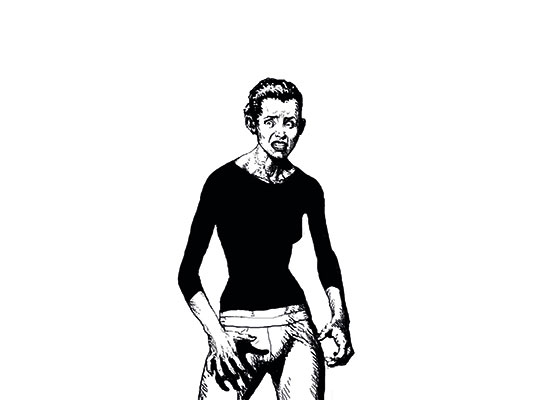
A tense character will be a little hunched and have uneven shoulders, because the body is gearing up to have to either protect itself or run. The jaw will usually be clenched and the eyes wide. I emphasise this by making the iris/pupil a little smaller. There might also be a hint of disgust in their expression, to suggest their sense of nauseous anxiety.
02. Laughter
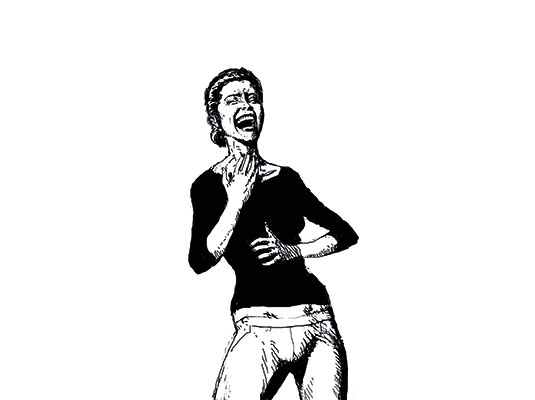
Laughter is often involuntary. While a person in the throes of hilarity may make themselves more prone by leaning back and dropping their shoulders, the body will sense its vulnerability and often try to shield the face and vital organs with the hands. Nostrils will flare; the fat of the face will converge around the eyes; and the teeth and gums will be on show.
03. Anger
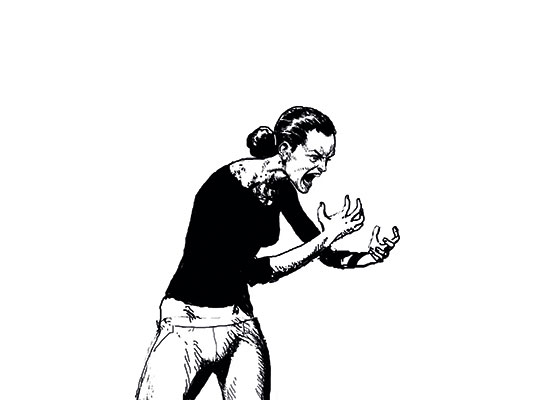
When your character is exhibiting an aggressive emotion, such as rage, the head and hands will typically be projected forward. Tendons and muscles will be tensed and the lips curled inward to bare the teeth: these are primal intimidation tactics. Be careful not to exaggerate the mouth too much though, as doing so can dehumanise the character.
This article originally appeared in ImagineFX issue 133. Buy it here.
Daily design news, reviews, how-tos and more, as picked by the editors.
